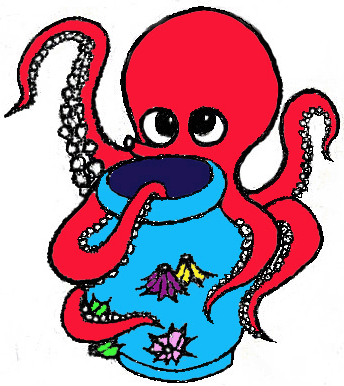Abstract The main purposes are to confirm the limits and regularity of among-group
variations in the craniofacial morphology of Homo sapiens sapiens, and, if possible, to determine some of the causes for the regularity.
As regards the among-group variation limits, it was found that the principal
component (PC) scores for the mean vectors of craniofacial measurements
in almost all the samples were located within the ±2 standard deviation
ranges of the within-group PC scores based on a single sample. This finding
suggests some complicated system or factors controlling the coordination
between substructures of the skull (or the body). The principal component
analyses (PCAs) of among-group correlations between craniofacial measurements
clearly indicate the existence of significant common factors, namely, the
robust evidence for regularity in the inter-population variations of craniofacial
morphology. In the PCAs of among-group correlations between craniofacial
measurements and environmental variables, it was found that cranial breadth,
upper facial height, bizygomatic breadth, and nasal height tended to be
larger in colder regions of higher latitudes; that basi-bregmatic height
and nasal breadth tended to be larger and, inversely, minimum frontal breadth
tended to be smaller in the regions more distant from Ethiopia and of lower
latitudes where average precipitation was higher and average temperature
was also relatively high; and that cranial length and cranial base length
tended to be larger in ancient times (for the past 7,000 years). These
findings, especially on temperature, precipitation and humidity, were interpreted
as the results of our evolutionary adaptation to environments. Path analyses,
together with PCAs, suggest the existence of unknown factors for every
craniofacial measurement dealt with here. In conclusion, the purposes of
the present study were partly achieved. But we must still collect more
data of various environmental factors, natural and artificial (cultural,
social, etc.) and ancient and modern, to clarify the causality for the
formation process of our morphology.
Keywords: Homo sapiens, Skull, Adaptation, Genetic drift, Limb bones, Temperature, Precipitation,
Humidity, Chronological age, Latitude, Great circle distance, Principal
component analysis, Bootstrap method, Rank correlation, Path analysis
 CONTENTS CONTENTS |